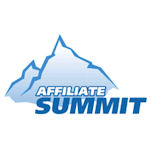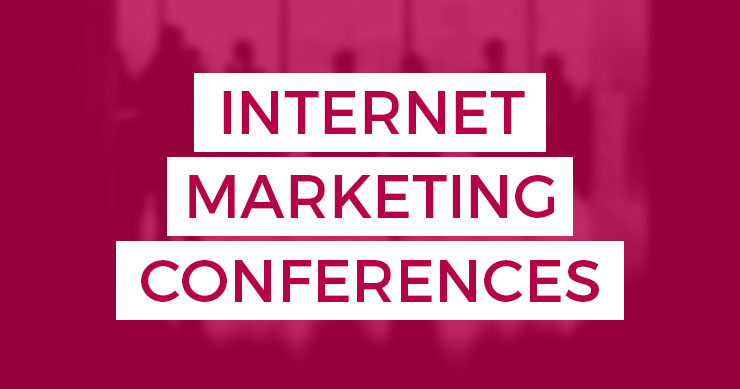 Hey, hey, happy people! One more session and the first day of Affiliate Summit is already behind us. Can you believe it? Luckily, this should be a good one. Up on stage we have controversial Thesis hottie Chris Pearson. He’s rocking his Vibram FiveFingers which is keeping me amused. I’ve never seen someone wear those in real life. He’s such a prima donna. :)
Hey, hey, happy people! One more session and the first day of Affiliate Summit is already behind us. Can you believe it? Luckily, this should be a good one. Up on stage we have controversial Thesis hottie Chris Pearson. He’s rocking his Vibram FiveFingers which is keeping me amused. I’ve never seen someone wear those in real life. He’s such a prima donna. :)
Chris is going to teach us about the strategic approach you should take to each page when you’re creating your Web site. He’s going to focus on the meat. You can insert your own joke. He starts off explaining how WordPress Web sites work. Let’s go listen.A WordPress site (or any other site) has a front end and a back end. The back end is WordPress. It’s responsible for providing you a way to write and save your information. The front end is what ties the database and WordPress together. In WordPress this is significant because the only thing that’s responsible to transmitting your site’s data is the theme. Everything you think of as your site is really your “theme”. It’s hugely significant. The users, customers and search engines are only directly linked to the theme or the front end part of your site. The backend as zero effect except for how well its written. It either works or it doesn’t. If it doesn’t, you should get one that does.
On Page Optimization.
Things to focus on:
- Title Tag: Displays at the top of your browser. It’s the “title” of your page. Most themes don’t give you a way to modify the title for each of your pages. There are various plug-ins but it’s much easier to have one piece of software that is responsible for simple SEO stuff right there in your interface than to be using a bunch of plug-ins you have to update. The abundance of WP themes is a veil for a lack of quality that’s available.
- Meta Description: Text that appears underneath the Title tag in the search engine results. The Title tag and Meta Description have to be compelling to get someone to click through. You want to take control over them and think about relevance.
- Great Headline: Should be within H1 tags of any given page. Write a great headline that appeals to humans and is focused to the content on the page. Ideally the headline on your page should be different from your Title tag. This allows you to cast a wider SEO net so you can focus on different phrases.
- Minimize on page distractions: Always consider the goal of each page when deciding which elements should stay and which ones should be mixed. If you give people options they’ll do anything they can not to buy from you. Be aware of what you’re putting on your page and where you may be directing them, especially as an affiliate.
Site Design
When Pearson got online all he wanted to do was design Web sites. But design doesn’t matter. What matters is the placement of elements and how well they work toward your goal. Element placement is design but not in the way that most people think of it – it’s not what a page looks like. It’s elemental design with a purpose. The only time it’s appropriate to pay a designer is after you already know where you want everything to go.
People cannot deal with 500 different choices, especially if they’re coming from the search engines. Nix the links that don’t serve your purpose. Less is more in the navigation. Cater to your core competency.
Can you create a landing page instead of a posted page? A landing page has a singular purpose. It’s designed to get people on that page to lead them through some info with a call to action to get them to DO something. With most themes its nearly impossible to create a landing page. He built in some functionality into the new version of Thesis that will allow people to build landing pages on the fly.
At this point Pearson opens up the session to a mini site clinic. Some standout points:
- Underlined links: Introducing horizontal links breaks the flow on your page. The only time he uses them is within the stream of content. It’s distracting visually.
- Watching your white space. People need it to digest text.
- Optimize your home page around your best sellers (the meat). If they’re interested in that, they’ll seek out other stuff. Don’t be everything on your home page.
- Auto play = Fail.
And that’s it. We will see you tomorrow! :)

